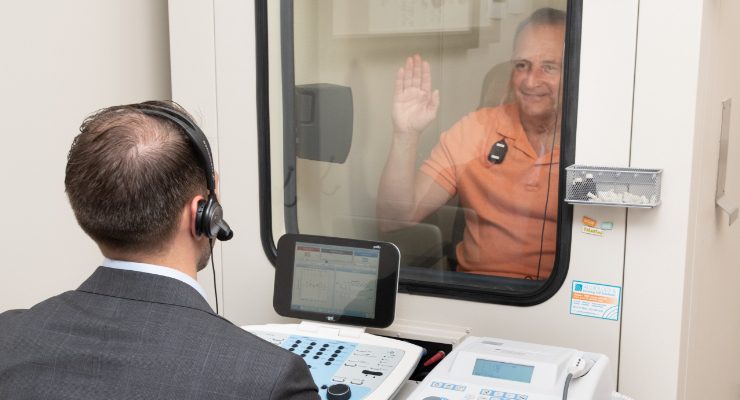
Hearing aids are reliable devices that you can depend on for years. According to some experts, the average hearing aid should last you three to seven years or even longer, depending on how well it’s maintained. However, your hearing aids are made up of tiny, fragile and intricate parts, so they can easily break and experience wear and tear even with the best maintenance.
Therefore, it is crucial to have your hearing aids repaired by a trusted audiologist immediately after you notice signs of deterioration. This way, you can get the most out of your devices. Here are some of the common hearing aid repairs you should know about.
Ear Hook Repairs
Behind-the-ear (BTE) hearing aids hook behind the ear to stay in place and function effectively. This hook sticks out from the rest of the device, so it can be easily broken when laid down carelessly or stepped on. Additionally, your hearing aids’ hooks can be damaged by general wear and tear.
In some cases, you can fix the problem by bending your ear hook back in place, if possible, or gluing the snapped pieces together. However, if the pieces are missing or the damage is extensive, consider taking them to your audiologist for hearing aid repairs or replacement.
Broken Microphone Repairs
Your hearing aid’s microphone is essential because it receives incoming sounds and transfers them to the speaker for amplification. As such, many hearing aids’ sound or volume problems are caused by microphone issues. When your microphone is faulty, the common signs you will notice are repeated whistling noises, distortion, unusual sound levels or no sound at all. Your audiologist is the best person to handle broken microphone repairs, so it is best to take it to them for servicing.
Tubing Changes
BTE hearing aids’ tubing is essential because it connects them to the earmold and carries sound into the ear canal. However, this tubing can harden, stretch, crack, discolor or even let moisture in overtime, leading to hearing aid problems. You can swap out your old tubes for new ones if you are an experienced user. Still, it is advisable to see an audiologist first for assistance to avoid making costly mistakes.
Moisture Issues
As mentioned above, your hearing aids contain intricate wiring and components, so it is not advisable to expose them to moisture unless they are waterproof. Indeed, water inside the case can cause corrosion and short circuits. Your audiologist can repair light moisture problems like damaged hearing tubes themselves.
However, they may need to refer your device to the manufacturer if the moisture has entered into your device and affected its delicate interior circuitry. Therefore, never wear your hearing aids while swimming, bathing or washing and keep them dirt-free to stop moisture from settling.
Wax Build-Up Removal
A build-up of wax is also one of the most common problems requiring hearing aid repairs. You will readily notice this problem because the sound will be different. Earwax can clog the connecting tube, necessitating an immediate replacement. This tube links the device to the receiver, so it needs to be in good working condition for you to enjoy the best hearing possible. Therefore, take your hearing aids to an audiologist if you experience this issue for immediate tube changing.
Worn-Out Earmold
The earmold is the part of your hearing aid that fits against your outer ear’s skin. It can degrade gradually, especially if exposed to rapid temperature changes. Earmold damage is a huge problem because it makes wearing your hearing aid quite uncomfortable. It also improves the likelihood of your device simply falling out of your ear. If your earmold is damaged, consider taking it to your audiologist to create a new mold.
Battery Issues
Battery issues are perhaps the most common cause of inconsistent hearing aid performance. Therefore, replacing your hearing aid’s faulty batteries can easily solve many problems. You can check whether your batteries have power or are properly secured in the hearing aid anytime problems arise. If the battery isn’t working, simply replace it to see if the device functions. If not, there might be a power supply problem that will require your audiologist’s attention.
Why Choose Audiology & Hearing Aid Solutions for Repairs?
We have years of experience conducting common hearing aid repairs like earbud replacement, extensive deep cleaning and reprogramming. Also, we develop personal relationships with clients and our professionalism and passion for what we do get us amazing results every time.
Reach out to us today at (973) 721-6520, (973) 721-6520, (201) 375-9081, (973) 721-6520, (201) 375-9081 or (973) 721-6520 to learn more.



